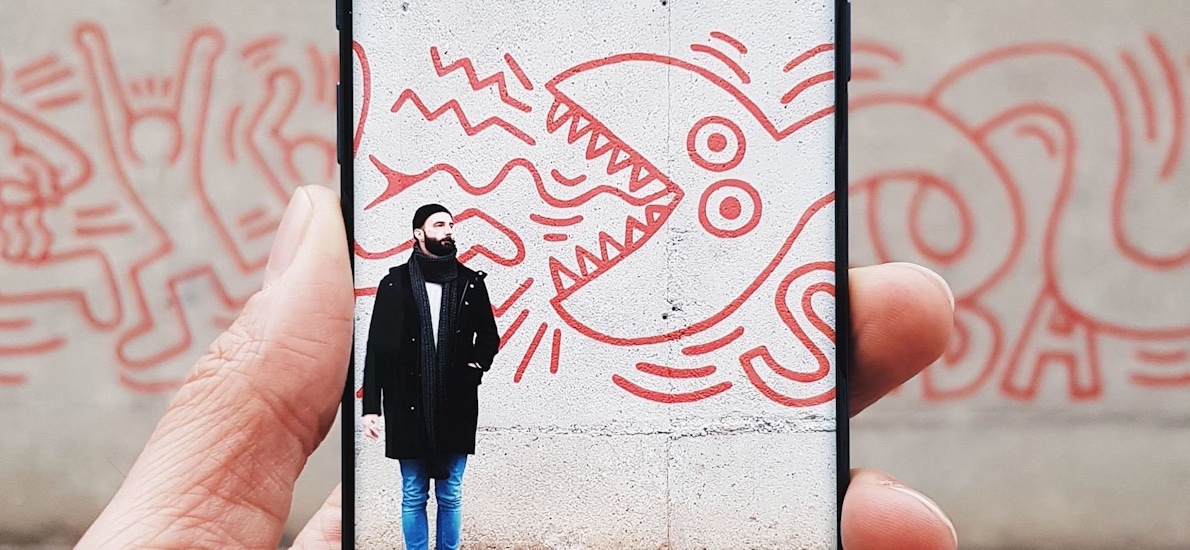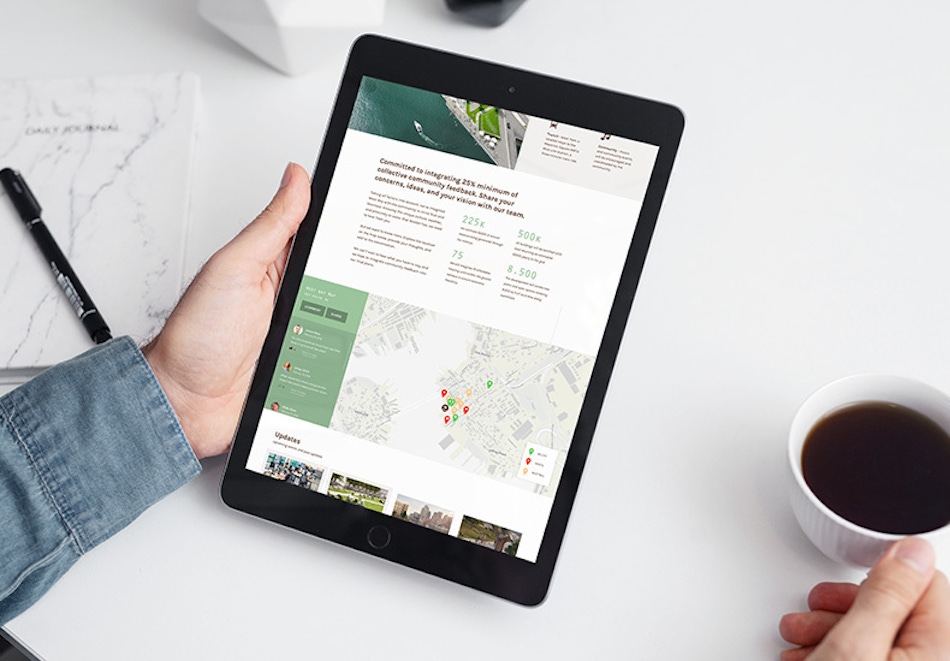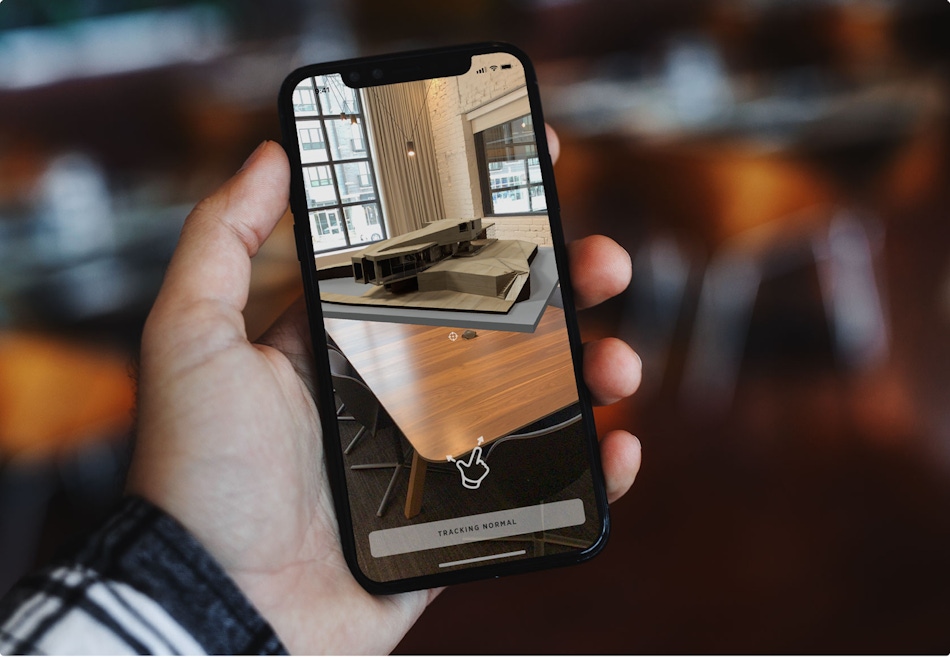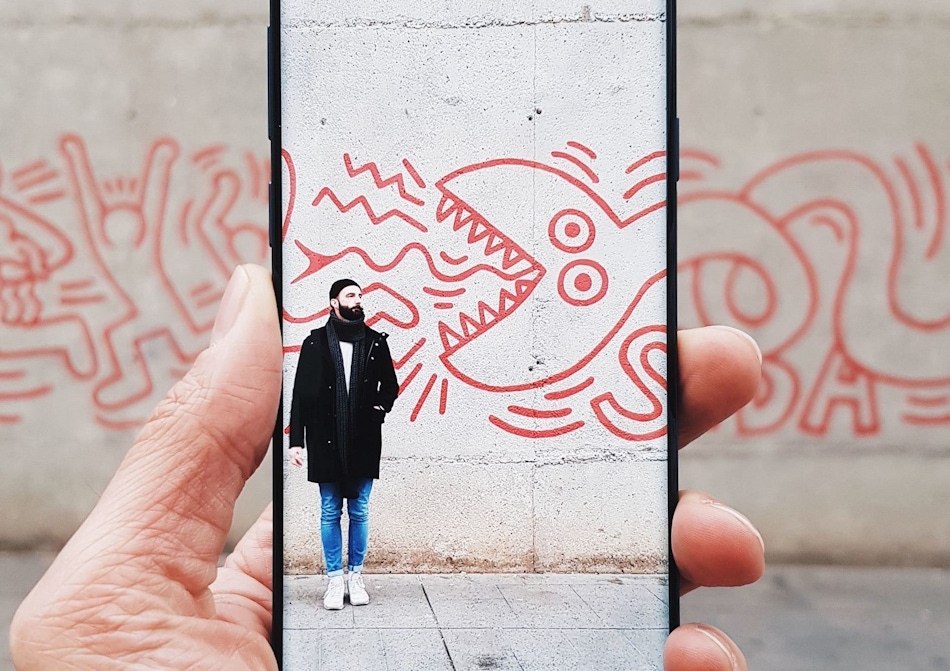
In this article we’ll highlight some of the areas where architecture firms can expand their services, and offer their clients more value using design and technology.

In this article we’ll highlight some of the areas where architecture firms can expand their services, and offer their clients more value using design and technology.
On many real estate projects, architects become the team responsible for the design execution of the project across many different creative areas. Branding, marketing, signage, and community events are all services architecture firms are extending to their clients to provide substantially more value and expertise.
Today, with the ubiquity of connected mobile devices and creative services becoming more and more digital-oriented, the creative services architecture firms can provide is expanding. In addition to marketing collateral and graphic design, digital creative services offer new lanes that add substantial value to a project.
In this article we’ll highlight some of the areas where architecture firms can expand their services, and offer their clients more value using design and technology.
The entitlement phase can often be the most contentious and risky part of a project. You’re already very committed to the vision of the project, and often have invested significant amounts of time and energy into its early conceptual work.
When it comes to entitlements, community engagement is often a requirement. The process ensures that the voice of local citizens is heard, and helps get local officials on board.
As you’re probably aware this process can be tedious, especially when the process turns into shouting matches between community members in your local church basement.

This is an area where design and technology can make a substantial difference. Architects can go beyond poster-board presentations and clipboard surveys.
Use a micro-website for your project to explain the project in detail, to all residents, even those unable (or unwilling) to attend the local community meeting.
Instead of being a sounding board for all concerns and questions, use digital surveys to collect specific pieces of feedback that address the relevant community questions you have about your project.
Taking this approach will help you reach a wider audience, collect more substantive information from the community, and allow you to measure the feedback you are collecting. All of these things helping you move through entitlements faster and with less risk.
Too often we see a project’s story only come to life when construction is near complete and leasing is about to begin. This is far too late in the process.
With online business journals and the wildfire spread of social media today, the story of your project is going to be out in the public way before you’ve made your official announcement.
These pre-announcement articles and websites can quickly start building SEO for your project name. In some cases we’ve seen articles like these build enough SEO to overtake your actual project website after it goes live. The last thing you want after your project is live is to have some third-party article eating all your traffic. Yikes!

Instead of waiting to go live with the leasing marketing, create an initial project landing page or micro-website to tell the story of the project from the start.
Right away the site’s content might be geared towards raising capital, building community support, or early content marketing efforts. Use it as a way to promote your work and build up useful SEO that you'll wish you had when leasing does begin!
Augmented reality – a close cousin to virtual reality – is the latest immersive 3D technology now made possible with the new era of our mobile devices. AR places virtual 3d objects into our “reality” which we can see by looking at the world through the camera on our phones.
In 2018 Pokemon Go took the world by storm with AR, turning the world into a literal game-board filled with 3D creatures people could collect. While you may not be interested in collecting digital creatures, AR gives you the power to display other digital objects, like architectural renderings, public art, and 3D photographs and videos, to experience your project like never before.

In the example above, AR gives you the ability to place a digital rendering of your project on a surface next to you, allowing you to view and explore the rendering, as if it were sitting on your desk.

Another example brings the experience outside, to say, a park or empty plot of land. In this case, you can use AR to project objects or even a life-sized version of your model out in the world, and experience it as if it were standing in front of you.
Architects have always been masters of curating the physical experience someone has in their environment, but nowadays a person's “experience” is becoming more and more impacted by digital.
Over the next several years (and decades) a person’s physical and digital experience will merge into one collective experience, one that’s grounded in the physical nature of architecture and enhanced by technology.
Right now, you likely already see digital signage at airports and train stations. Museums are now incorporating digital experiences into their galleries, and services like Google Maps are building digital wayfinding into their apps, allowing users to orient themselves with AR arrow and directions.
Something we’ve written about in the past relates to AR-enabled public art installations, and their ability to magnify the positive impacts of community murals and engagement.

With all these new tools and technologies, those who embrace the change will be the new leaders of their specialty when the digital/physical merge becomes more prominent.
The way architecture firms can add value on development projects will only continue to grow as design, technology, and PropTech gains traction. We’re excited to be sitting firmly at the middle of this intersection, and look forward to finding new ways to help support this growth.
As always, if you have any questions about the topics covered in this article, or want to learn how we’ve partnered with architecture firms previously, please don’t hesitate to reach out to me at bryant[at]authenticff.com
Subscribe here to get our short and sweet monthly newsletter!